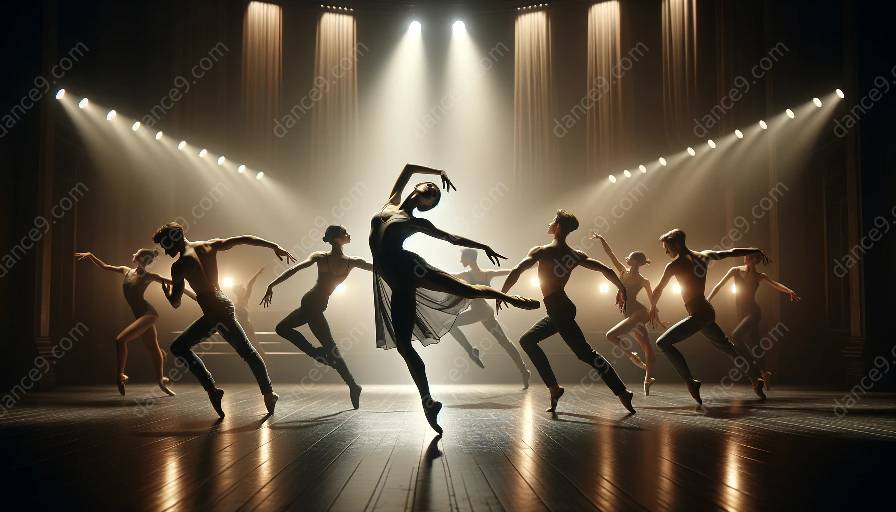Dance is not only a physical activity but also an art form that has a profound impact on mental and emotional well-being. In contemporary dance classes, the focus extends beyond just the physical techniques. It encompasses a holistic approach to dance where mental and emotional aspects are equally important. This topic cluster aims to explore the significance of mental and emotional well-being in the context of contemporary dance and how it contributes to the overall well-being of dancers.
The Impact of Dance on Mental Health
Dance has been found to have numerous positive effects on mental health. It serves as a powerful form of self-expression, allowing dancers to channel their emotions and thoughts through movement. The act of dancing can reduce stress, anxiety, and depression by promoting the release of endorphins, the body's natural mood elevators. Moreover, the rhythmic and repetitive nature of dance can have a calming effect on the mind, offering a sense of mindfulness and relief from mental strain.
Beyond the physical benefits, dance provides a creative outlet for individuals to process and communicate their emotions, leading to improved emotional intelligence and self-awareness. It fosters a sense of community and belonging, which can combat feelings of isolation or loneliness, common in today's fast-paced society. In contemporary dance classes, instructors often incorporate elements of movement therapy and mindfulness, creating a safe and nurturing environment for dancers to explore and express their emotions.
Promoting Emotional Well-being through Dance
Contemporary dance classes are designed to cultivate emotional well-being through artistic exploration and movement. The fluid and expressive nature of contemporary dance allows for a wide range of emotions to be conveyed and experienced. Dancers are encouraged to connect with their inner feelings, share personal narratives, and engage in improvisational exercises that promote emotional authenticity and vulnerability.
The choreographic process in contemporary dance often involves delving into personal experiences and emotions, allowing dancers to gain a deeper understanding of themselves and others. Through this exploration, individuals develop resilience, empathy, and a sense of empowerment, enhancing their emotional well-being. The collaborative nature of dance encourages support and empathy among participants, fostering a positive and inclusive atmosphere where emotional expression is valued and celebrated.
Integration of Mental and Emotional Well-being in Dance Classes
As mental and emotional well-being become increasingly recognized as essential components of overall health, contemporary dance classes have integrated various practices to support dancers' holistic well-being. Mind-body techniques such as breathing exercises, visualization, and meditation are incorporated to help dancers manage stress, improve focus, and develop emotional regulation skills.
Furthermore, dance educators and practitioners are implementing psychoeducational approaches to raise awareness of mental health issues and provide resources for self-care. Creating a culture of open communication and destigmatizing discussions about mental and emotional well-being are vital in dance communities. Workshops, seminars, and peer support networks are being established to address the specific needs of dancers and promote mental health literacy within the dance world.
Conclusion
In conclusion, mental and emotional well-being are integral aspects of contemporary dance classes. The practice of dance offers a multifaceted approach to nurturing the mind and emotions, promoting mental health, emotional well-being, and self-discovery. As the dance community continues to embrace the significance of mental and emotional well-being, it paves the way for a supportive and inclusive environment where dancers can thrive both artistically and personally.













































































